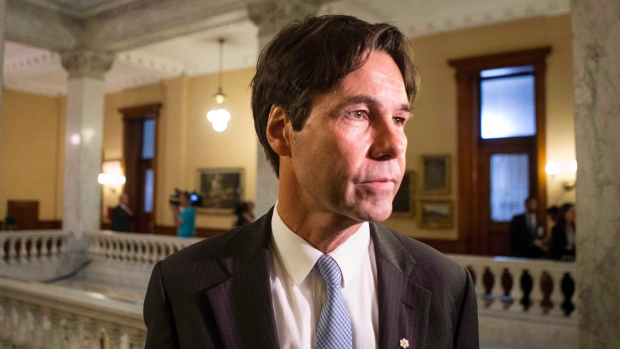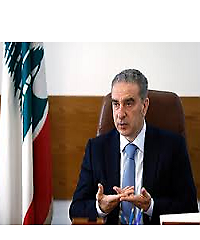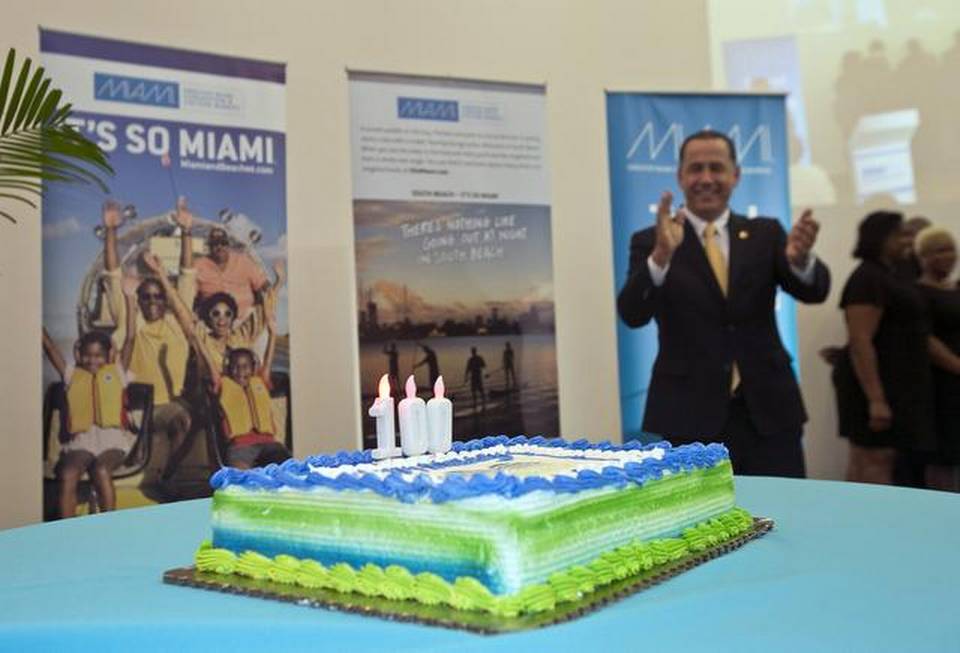This year, according to the Center for Medical Tourism Research in San Antonio, almost one million Americans will travel abroad to undergo medical and dental procedures.
Why?
Well, a heart bypass operation that will run you in the neighborhood of $88,000 in the United States can be had in Poland for $7,140.
Sounds good, but at what cost?
What about the competence of the doctors and the quality of post-surgical care? I mean, you don’t want to fly over in business class and come back in cargo.
To avoid such a travel arrangement, medical travelers are advised to do their homework and make sure they are dealing with accredited hospitals and board certified physicians.
The current issue of AARP The Magazine has an excellent article on medical tourism, as well as a fascinating chart comparing the costs of 14 procedures in 10 countries.
You want to talk deals:
If you are looking to have your boobs enhanced, then you probably want to consider Mexico, where you can get a pair for $2,500. Granted, India offers a better deal at $2,200, but when you factor in airfare Mexico seems like a better bet. The only place more expensive for implants than the United States ($6,000), is Singapore for some reason ($8,000).
A dental implant, which lists for $1,188 in America, can be had in Hungary for $650. I assume that includes anesthesia, but if it doesn’t you might want to factor in your pain threshold.
If you are looking for a nose job, think Poland where you can get a snoz renovated for $1,700 as opposed to $6,200 in the U.S.
Poland is also the top locale for a hip replacement at $6,120, significantly less than the $33,000 you will pay here. I’m not sure if you can work a package nose/hip deal, but, you know, it never hurts to ask.
India seems to be the top spot for abdominal work. You can get yourself a gastric bypass there ($6,800) and a tummy tuck ($2,900) for cheaper than you can get just the bypass in the USA ($18,000). Heck you could even toss in breast implants ($2,200), a new tooth ($1,100) and a nose job ($2,800) and still be ahead of the game.
If you have concerns about a possible language barrier, Great Britain is an excellent medical value although with one drawback. Given the quality of English food, you need to weigh the risk their hospital fare could kill you.
source: http://www.courant.com / Hartford Courant / Home> Features> Too Shea / by Jim Shea, Hartford Courant – jshea@courant.com / November 04th, 2014




